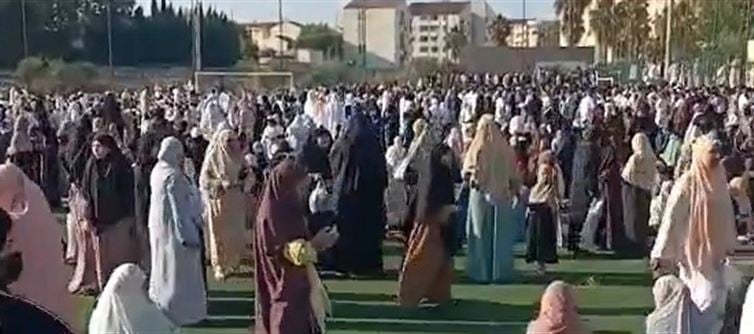
However, interpreting the visibility of religious celebrations as a show of dominance overlooks the core purpose of these events. Eid al-Adha is about sacrifice, gratitude, and social cohesion within the Muslim community. Public gatherings for prayer are not meant to intimidate but to accommodate large numbers of worshippers and foster a sense of belonging. This is no different from how Christian or secular festivals occupy town squares or streets during christmas or Bastille Day. In a pluralistic democracy, the presence of diverse religious expressions in public spaces is not a zero-sum game, but a reflection of the freedom of belief and assembly.
That said, concerns about integration, mutual respect, and the changing face of local communities should not be dismissed outright. When cultural shifts happen quickly, some people may feel alienated or fear the loss of traditional identities. Both local authorities and community leaders—Muslim and non-Muslim alike—need to engage in open dialogue, ensure transparency around public events, and promote shared civic values. The goal should be coexistence rooted in mutual understanding, not competition for cultural space. Seeing difference as a threat rather than a strength only deepens division and undermines social cohesion.




 click and follow Indiaherald WhatsApp channel
click and follow Indiaherald WhatsApp channel